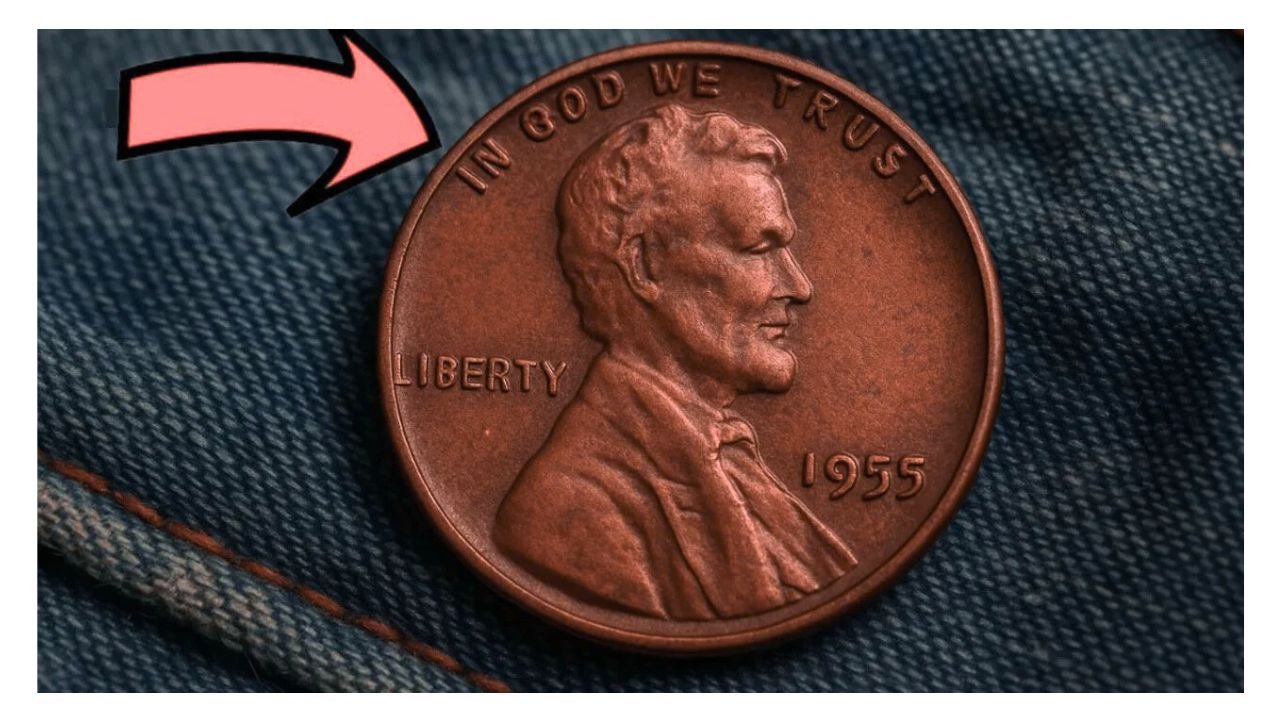A rare coin hiding in plain sight
Imagine finding a penny that could pay off your house. The Lincoln Wheat Penny Worth $880,000 Some Lincoln Wheat Pennies, minted in the early 1900s, are worth a small fortune today. Recently, a collector paid an eye-popping $880,000 at auction for a rare 1943 copper Wheat Penny — and experts say more could still be out there in circulation. These pennies look ordinary at first glance, which means you could already have one sitting in your piggy bank or loose change jar. The Lincoln Wheat Penny Worth $880,000
The story behind the 1943 copper penny
During World War II, the U.S. Mint switched from copper to zinc-coated steel for making pennies. The Lincoln Wheat Penny Worth $880,000 This was done to save copper for the war effort. However, a few copper planchets (coin blanks) from 1942 mistakenly made it into the presses in 1943. As a result, a very small number of 1943 Lincoln pennies were struck in copper instead of steel.
These copper 1943 pennies are among the most famous error coins in U.S. history. Their scarcity and the fascinating wartime backstory make them extremely valuable. Collectors and investors alike are eager to pay huge sums to own one of these “one-in-a-million” coins.
How to spot a rare wheat penny
First, look for the year on your Lincoln Wheat Penny. If it says 1943 and your penny is not magnetic, you might have a copper version. That’s because the steel pennies are magnetic, while the rare copper ones are not. Also, copper 1943 pennies will have a reddish-brown color like other copper coins, not the silver-gray look of steel cents.
Here’s a quick table to help you identify:
| Year | Common Metal | Rare Metal (valuable) | Check For |
|---|---|---|---|
| 1943 | Steel (magnetic) | Copper (non-magnetic) | Red-brown color, no magnetism |
| Other Wheat Pennies (1909-1958) | Copper | Some rare errors & mint marks | Unusual dates, double dies |
Other Wheat Pennies can also be valuable, especially if they have rare mint marks or errors like double strikes, but none are as famous or pricy as the 1943 copper penny.
What makes them so valuable?
There are two main reasons the 1943 copper penny is worth so much:
-
Rarity: Fewer than 20 genuine 1943 copper pennies are known to exist.
-
Historical error: The mistake happened during a critical time in American history, giving the coin a unique story.
A well-preserved 1943 copper penny can fetch anywhere from $200,000 to nearly $1 million depending on its condition and mint mark (Denver, Philadelphia, or San Francisco). The $880,000 penny sold was graded MS64, meaning it was in near-perfect mint state, making it incredibly desirable for collectors.
What should you do if you find one?
First, don’t clean the coin — cleaning can actually reduce its value. Then:
-
Test it with a magnet. If it’s a 1943 penny and it does not stick to the magnet, it could be copper.
-
Weigh it. A genuine copper penny will weigh around 3.11 grams, compared to 2.7 grams for a steel penny.
-
Contact a professional coin appraiser or a reputable coin dealer for an expert opinion. Many grading companies like PCGS or NGC can authenticate your coin for a fee.
Final thoughts: check your change!
The idea that a penny in your pocket could be worth nearly a million dollars sounds like a dream, but the 1943 copper Wheat Penny proves it can happen. While the odds are slim, it costs nothing to check your change or old coin jars. Even if you don’t find the elusive 1943 copper cent, you could discover other valuable Wheat Pennies that fetch $10, $50, or more depending on their date and condition.
So before you toss that jar of pennies in the Coinstar machine, give it a careful look — you might be sitting on a piece of American history worth hundreds of thousands of dollars.

